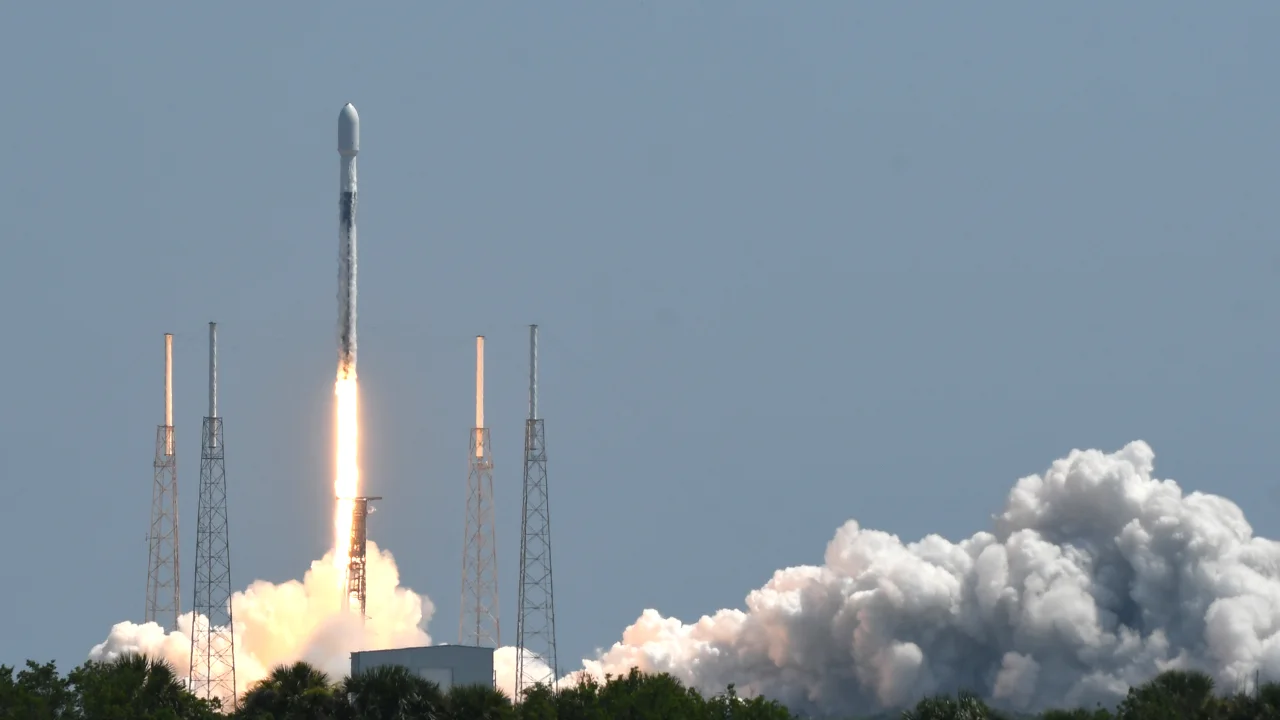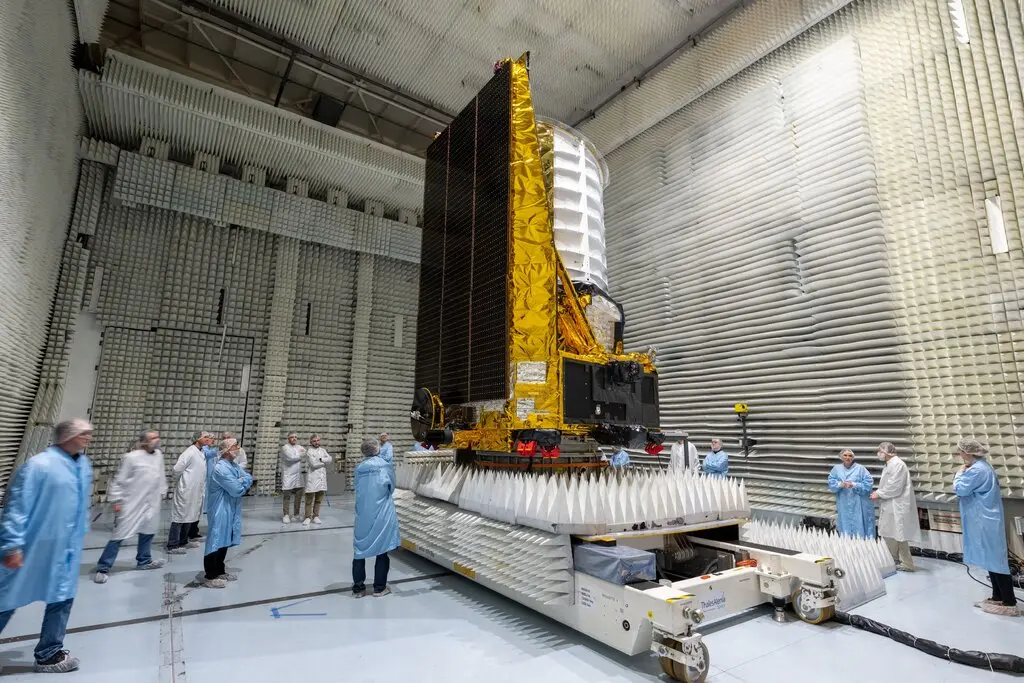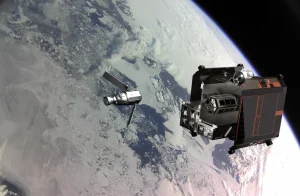Lift Off: SpaceX Launches ESA’s Euclid Telescope to Unravel the Secrets of Dark Universe
1st Jul 2023
On Saturday at 11:12 a.m. ET, the Euclid spacecraft commenced its space voyage with the ambitious objective of unravelling the history of our universe, stretching back an astounding 10 billion years.
The spacecraft was sent aboard a SpaceX Falcon 9 rocket from Florida’s Cape Canaveral Space Force Station. Mission control received a signal from the telescope around 11:57 a.m. ET.
A mission that will reveal the universe’s biggest mysteries
Crafted by the European Space Agency, this space telescope will employ its advanced instruments to meticulously document over a third of the extragalactic sky in the upcoming six years, culminating in the creation of the most precise three-dimensional cosmic map ever conceived.

Euclid’s primary goal is to observe the “dark side” of the universe, including dark matter and dark energy.
While dark matter has never actually been detected, it is believed to make up 85% of the total matter in the universe. Meanwhile, dark energy is a mysterious force thought to play a role in the accelerating expansion of the universe.
Embarking on a monthlong voyage, the telescope with a diameter of 1.2 meters (4 feet) has commenced its journey towards the sun-Earth Lagrange point L2, situated approximately 1 million miles (1.6 million kilometers) away from our planet. Notably, this orbital location also serves as the abode of NASA’s James Webb Space Telescope. Euclid will gracefully maintain its synchrony with Earth’s orbit around the sun.
Upon reaching its designated orbit, Euclid will dedicate two months to the vital tasks of instrument testing and calibration. Equipped with a visible light camera and a near-infrared camera/spectrometer, the telescope will meticulously fine-tune its apparatus before embarking on an extensive survey of one-third of the celestial sphere over the next six years.






Thank you for your comment! It will be visible on the site after moderation.